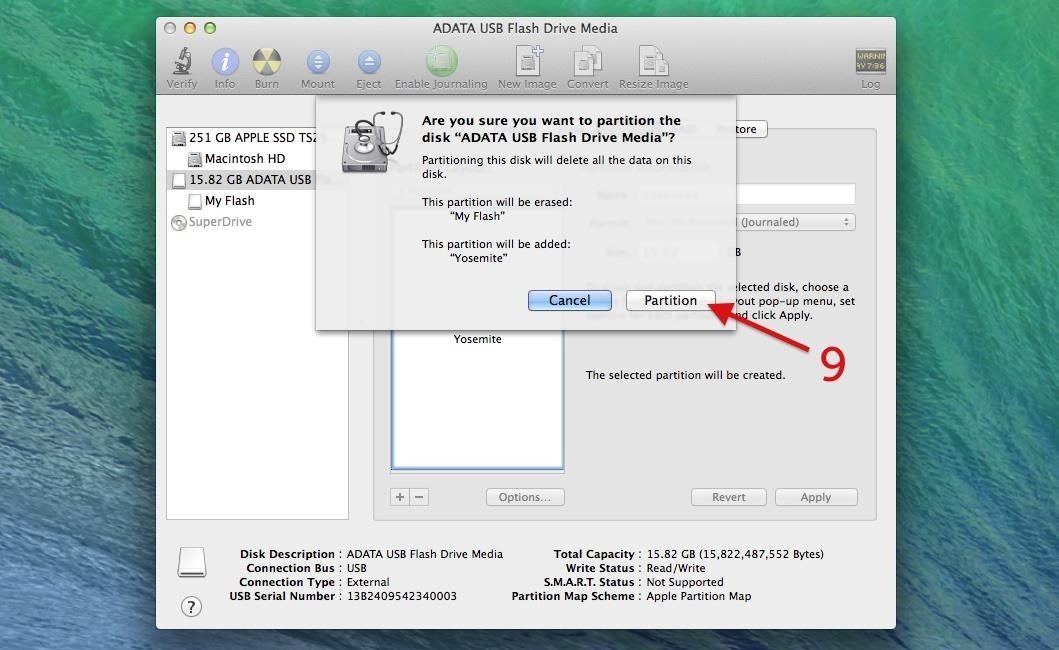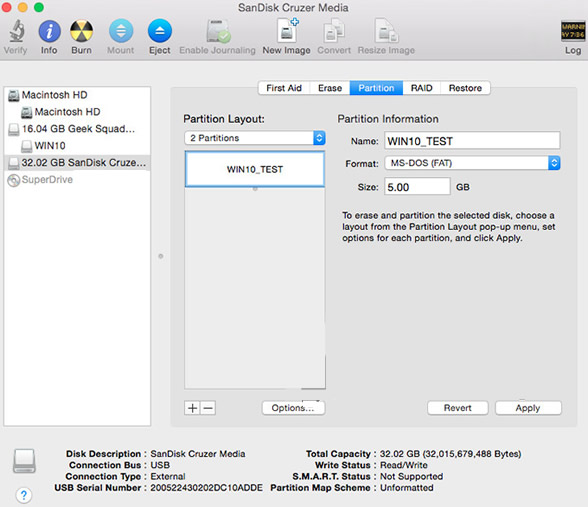
If the drive is destined to any other Mac (Intel, ARM) it requires GUID. If the drive is destined to a PowerPC (G3, G4, G5) it requires APPLE PARTITION MAP (APM). Before you click ERASE, if it asks you for a SCHEME, choose accordingly: Snow_Leopard_10_6_3.dmg) that you want to clone.ģ) Launch Disk Utility, select your USB stick from the left panel and click PARTITION at the top.Ĥ) Click the root of your USB stick on the left panel (often named as the drive brand/model), click ERASE at the top, leave NAME as "Untitled", select "Mac OS Extended (Journaled)" from the FORMAT dropdown menu. Note: This article refers to "USB stick" but it could be any kind of external drive.ġ) Grab a random 8GB or larger USB stick (or USB hard drive) and copy whatever you want to keep from it onto your computer's hard drive, because we're going to completely erase everything on that USB stick.Ģ) On the desktop, mount (just double click) the disk image (e.g. If the source volume that you want to clone already contains a System Folder that's appropriate for your Mac, then the resulting USB stick could be used to boot your Mac by inserting it in an USB port and rebooting while pressing down the OPT (ALT) key until you see the startup manager screen. You could also use this method to clone a small hard drive or any volume you want, given that it fits on the size of your USB drive. You can use this cloning method to make a bootable Mac OS X install USB stick or an ASD one. This will make an OS X Installation USB drive like you buy from the Apple Store.Here's how to make a bootable (or not) USB stick from a disk image in OSX using Disk Utility found under: Applications/Utilities/ Select the thumndrive in disk utility and then go to the ‘Edit’ Menu of Disk Utility and select ‘Restore.’ It will prompt you for a disk image. Use Disk Utility to ‘Restore’ the dmg file to a thumb drive. Insert the thumb drive and use disk utility to format it as Mac OS Extended (Journaled) with GUID Partition Table.Ĥ. †Open the ‘SharedSupport’ folder and find the file called “InstallESD.dmgâ€.ģ. 

It will look something like this:Ģ. Right-click on the installer and select “Show Package Contents. Purchase or download the OS X Installer via the App store. Mountain Lion, Yosemite, El Capitan etc. You’ll need an 8G USB thumbdrive.ġ.

It uses Apple’s built-in disk utility.This works with any version of OS X. I have written how to do this using a program called DiskMaker X, and I have written about how to do it from the command line here, but after doing this a few times I find the most reliable method is the one outlined below.

It’s very handy to have a bootable version of OS X on a thumb drive.








 0 kommentar(er)
0 kommentar(er)
